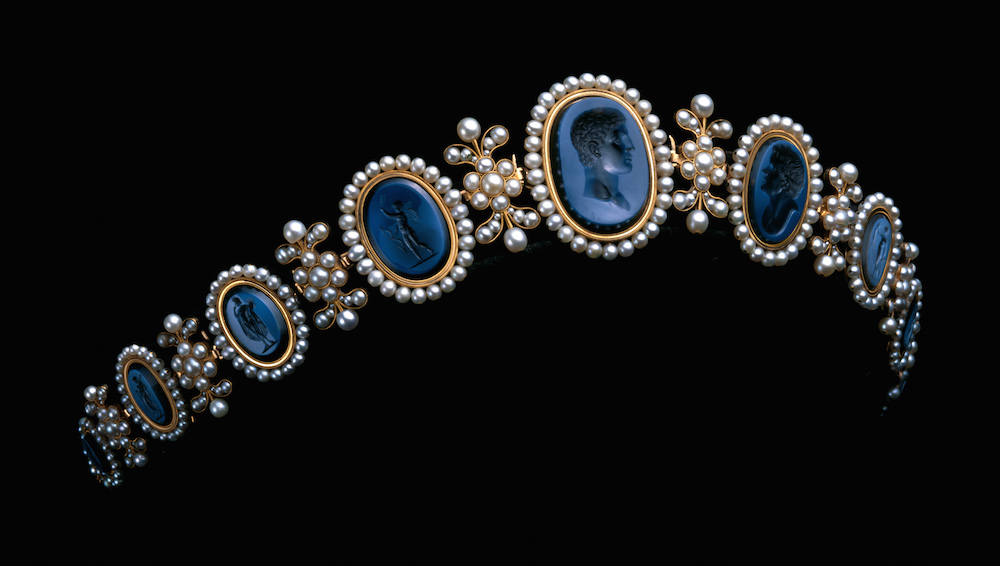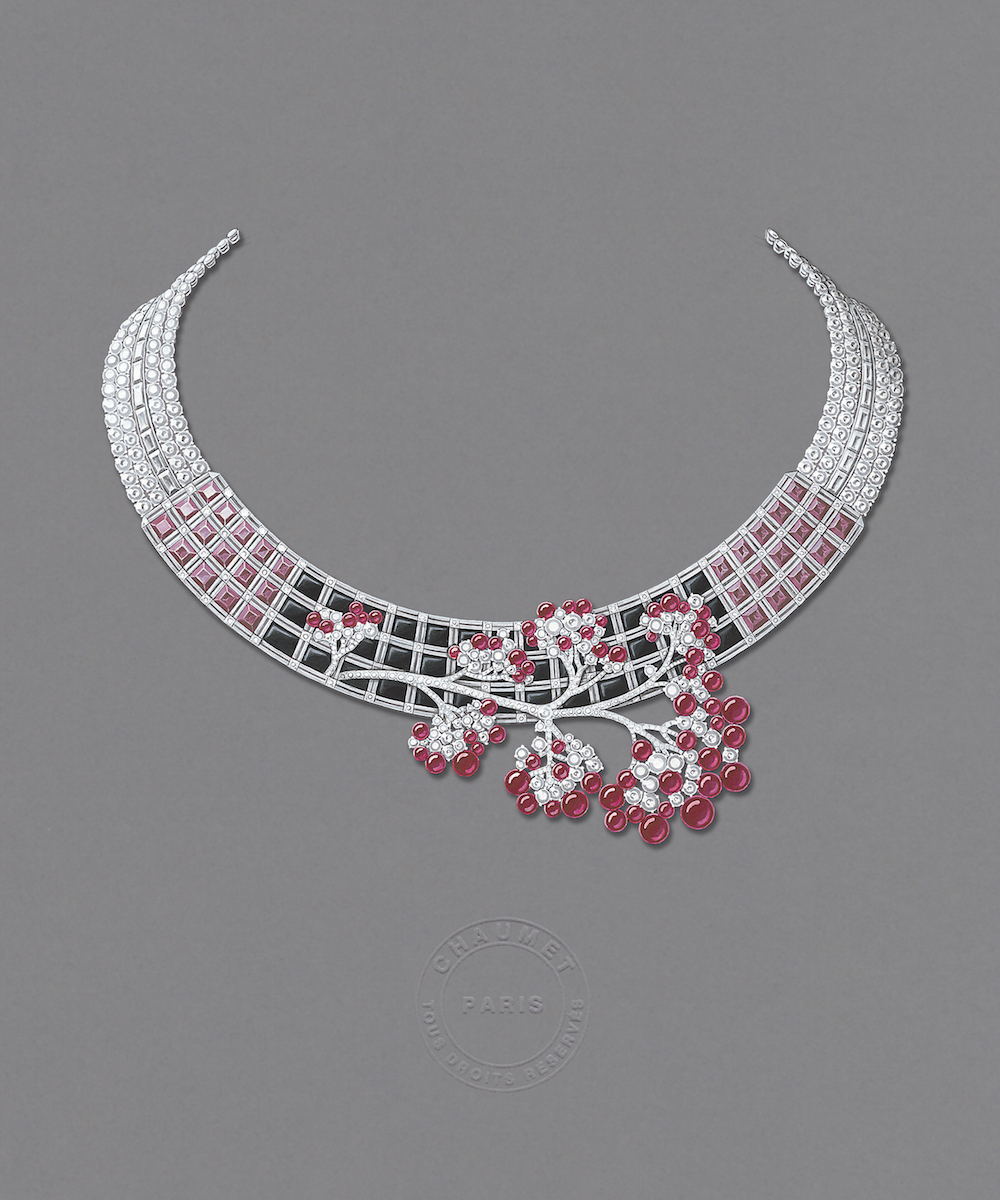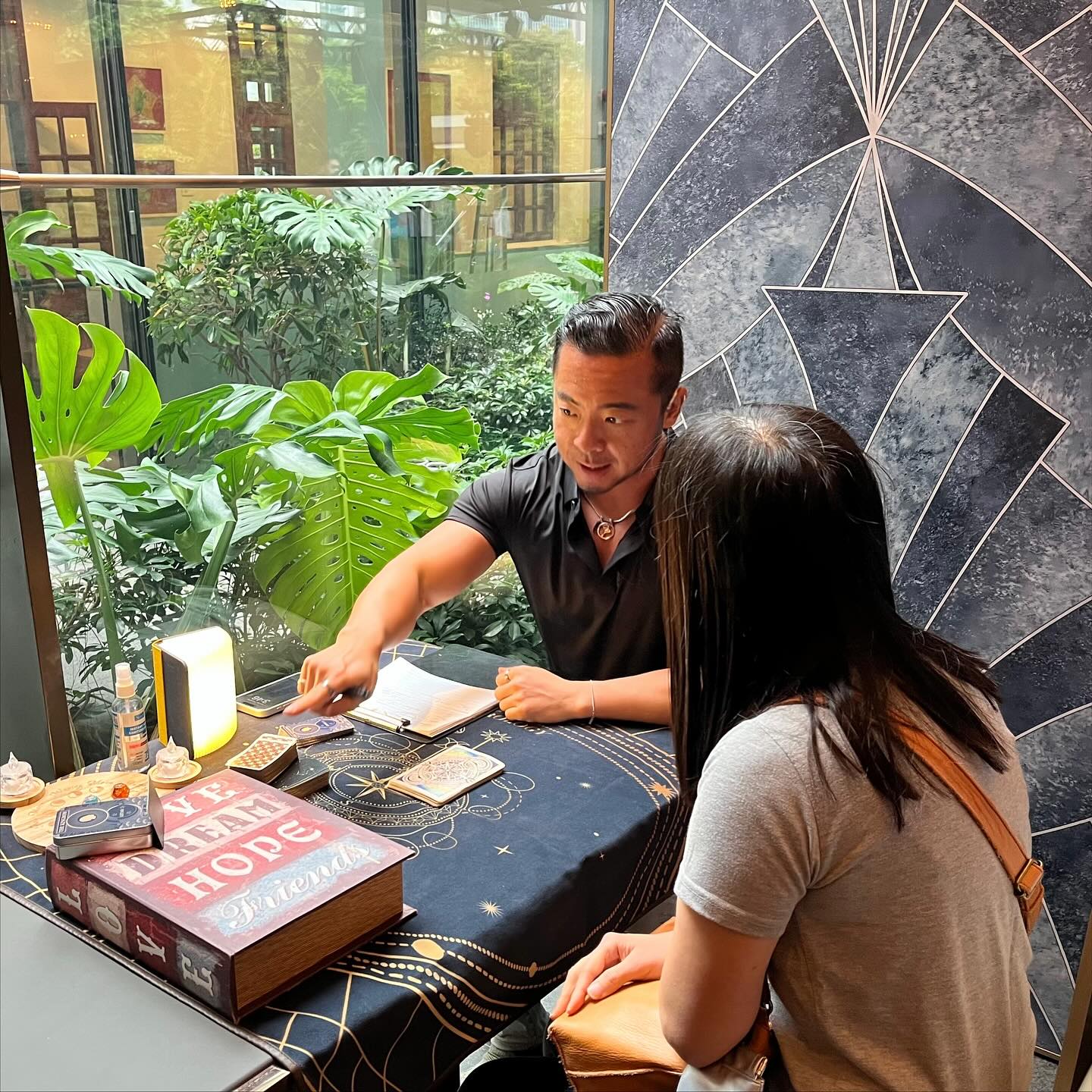
Call me a child of the ’80s, but I grew up watching movies and reading books that centred on romance – the kind of romance you could only dream about… or catch on a VHS tape. Disney princesses and underdogs alike all got their happy endings, yes, and you could say expectations were high, but I’m about to hit you with some cold, hard facts. In an age where all you have to do is swipe right before the inevitable ghosting, romance is well and truly dead. It’s deader than dead. There are no more grand gestures. In fact, let me share a bleak story with you. I have a friend who recently found herself turning 30, frozen solid in a hospital bed, awaiting emergency surgery for a broken wrist following a nasty fall. It can’t have been the way she, or anyone, would have envisioned entering this new decade. So, when her live-in partner asked her, out of sheer exasperation, what she would like for her birthday, she said a piece of jewellery would suit – a beautiful keepsake. After two months, there was still nary a peep from his end, until he turned around one day and said he would just get her something for their new flat – are you kidding me? And then, a further three months on, he didn’t even do that. Sums it all up, really. Now, is he just a sad product of the present day, or are my standards too high? Either way, my point is: welcome to 2018, people!
Let us turn our attention to France, which, for all its faults, is inarguably the epicentre of love, romance and storybook-worthy gestures. Now when I mention Napoléon Bonaparte, it’s perfectly natural to have a snicker, for we can all reminisce about school days past spent vandalising his portraits in our history textbooks and emerging with nothing much more than recalling him as a mildly irate individual from whom we learned about short-man syndrome, otherwise known as the Napoléon complex. Hang on, was this just us? Forgive my German education – there was no bias whatsoever against anyone French… Back to our good ol’ Napoléon; though on the vertically challenged side of things, you might be surprised to find out he was something of a ladykiller back in the day. Wives came and went, and he showered them with jewels. Considered a true romantic only by us jaded folk more than two centuries later, let’s be honest – in the 1700s, he was probably just doing the bare minimum.
So, what, pray tell, does Napoléon have to do with jewellery? For centuries, jewellery has been regarded as an object of beauty, love, passion and desire, a means to express one’s affection, or as a keepsake long after that love story has faded. Pieces could be passed down the generations in a family as heirlooms, each telling a distinctive story and continuing a legacy for many decades, and even centuries, after its original owner first wore it. One of the most prominent names in jewellery history to this day remains Chaumet, whose origins date back to 1780 in France. It has witnessed and survived the ups and downs of history since then, boasting more than two centuries’ worth of extraordinary design and creative flair. Passed down through nine generations of skilled master jewellers, these exceptional techniques have been, much like a piece of jewellery, passed down from one generation to another within the workshops. How the connection between Chaumet and Napoléon ever came to be, much like love, was the result of a serendipitous moment in time. A young jeweller named Marie-Étienne Nitot played the role of accidental hero when he noticed a runaway horse charging in his direction. Instinct took over and he managed to capture the horse by the bridle. As luck would have it, who should be atop this very horse but Napoléon, who at the time was the French consul.

Years passed and Nitot was never too far from Napoléon’s mind, who as emperor years later in 1802, had never forgotten this man’s bravery and decided to make him his official jeweller. At first, Napoléon’s taste in jewellery was based on political motives; he was determined to reinstate France as the epicentre of luxury goods, as it had been prior to the revolution in 1789. Initially, Nitot’s duties were exclusive to Napoléon, creating the consular sword for the emperor, featuring a mesmerising 140-carat Regent diamond, the most beautiful of the French crown, which in the modern day can be viewed at the Louvre. Nitot’s creations would go on to include coronation jewels and even more swords, but it was with Joséphine, Napoléon’s first wife and empress, that his creativity really took off. Her preferences when it came to jewellery were undeniably bold and daring, and Nitot was able to create some truly eclectic pieces for her. Joséphine’s wedding jewels are now on display at Place Vendôme, along with the stunning necklace Napoléon gifted her upon the birth of their son. Nitot’s success and fortune was eventually funnelled into the Hôtel de Gramont (which we know as the Hôtel Ritz these days) at 15 Place Vendôme, while Napoléon continued to bestow precious gifts to the people who meant something special to him.
Fast-forward to 2018, where earlier this summer, Chaumet packed its bags for Japan. Much like the French, the Japanese have an innately deep respect and understanding of various objets d’art and boundless imagination. Chaumet teamed up with the Mitsubishi Ichigokan Museum in Tokyo to stage The Worlds of Chaumet exhibition. Considered the most “European” of museums in the region, it’s dedicated to showcasing the cream of the crop in fine and visual art. Under the leadership of Henri Loyrette, honorary president of the Musée du Louvre, and Akiya Takahashi, director of the Mitsubishi Ichigokan Museum, visitors will be taken on a voyage through the maison’s history, philosophy, know-how and style through a range of different chapters bearing their own themes, and unfolding to tell more and more of the story along the way. There was a flowing conversation between high jewellery and various artistic movements, and between classic and contemporary pieces alike. The scenography was designed by Bureau Betak, which took a novel approach to presenting and expressing the journeys of the jewels, which included a few surprises along the way.
A 300-strong artillery of jewelled creations were on display, ranging from the 18th century to current collection, including objets d’art, painting and drawings, as well as some unseen archives – enough to tantalise even the biggest jewellery aficionado but equally spark the interest of a neophyte. Forty separate collections made their way to the Mitsubishi Ichigokan Museum, with the support of 15 of the world’s most esteemed museums and institutions. The focus of the exhibition was to illustrate the influence of the changing world on Chaumet’s creations, in particular during the second half of the 19th century, while retaining its own signature Parisian style.
A regal tone came through early on in the exhibition, where a variety of tiaras were on display, including the bandeau tiara (a trend instigated by Napoléon and Joséphine) of Caroline Murat, Queen of Naples. Created by Nitot & Fils circa 1810, it was a classic marriage of gold, pearls and nicolo agate. More avant-garde pieces included the Passion Incarnat and Leuchtenberg tiaras, which took to flowers to express the beauty and delicacy of their jewels. The latter, particularly unique, is further enhanced by the trembleuse setting technique used in its creation, allowing the flowers to quiver with the wearer’s every move, in order to mimic the motion of a delicate flower in nature. Furthermore, each bloom is detachable and can be worn as a hair piece or a brooch.
Circling back to the main man himself, the celebration of Napoléon’s reign as emperor was represented in pristine oil paintings – but, always a giver, also in the gifts he showered others with. One of the most significant diplomatic gifts was Pope Pius VII’s tiara, a gesture from the emperor to express his appreciation of the attendance of the pontifical sovereign at his coronation ceremony on December 2, 1804 in the Notre-Dame de Paris cathedral. For this special occasion, the Vatican lent Chaumet the restored tiara and the creation of a cross to place upon the exceptional crowning emerald, known as the Jules II.
Of course, we can’t forget Napoléon’s (many) loves, including his second wife, Empress Marie-Louise. For their wedding, she was gifted with a gold and micro-mosaic daywear parure with Greco-Roman influence, as well as a set of three acrostic bracelets featuring gold, diamonds and various precious stones. Dare I say the latter would be well-received even in the modern day; its aesthetic remains pertinent even now and its meaning even more so. One spelled out Napoléon’s name and birthdate; the second, Marie-Louise and hers; and the last, the dates of their first encounter as well as their wedding date. Indeed, all the pieces he gave as gifts came truly from the heart, and bore such personalised, unique meaning to the receiver that they would have taken much time and creativity on his end to design them. Are you having as many second thoughts about Napoléon as I am?
It would be remiss of the museum to not pay tribute to the effect Japan and its much-admired culture had on Chaumet’s collections, too. Strong ties with Japan span back as far as the late 18th century, looking closely at the time of the Ancien Régime until the modern day, including the Japonism movement of the Belle Époque, a particularly significant era during which a mutual culture of finery and excellence was observed. Visitors were particularly drawn to a special high jewellery set produced specifically for the exhibition and in honour of the delicate characteristics of nature, a great source of inspiration to Japanese art over the centuries, as well as the design team at Chaumet.

Indeed an extraordinary way to wrap up one’s time at the exhibition, it was here that we revelled in pieces such as the Japanese-style brooch representing Raijin, the god of thunder and rain, by Joseph Chaumet circa 1900. It’s an example of the level of influence Japonism had on the decorative arts in Europe at the time, in particular art nouveau. The brooch looks to gold, opal, nicolo agate, ruby, emerald and diamonds to depict Raijin striking the drums to summon thunder, accompanied by a delicate young woman in a kimono gazing at him under stylised clouds. By comparison, the Japanese inspiration necklace created exclusively for the exhibition by Chaumet this year featured a structured geometric design with cherry blossom trees, using red rubies and rhodolite garnets to offset the black of the onyx for a striking chromatic finish. A spray of diamonds elevates this piece exponentially, and is the perfect blend of Western and Japanese cultures. The Worlds of Chaumet exhibition, though fascinating and vast, is only the tip of the iceberg when it comes to exploring the maison’s tantalising history; there must be countless other stories to tell. Without a doubt Chaumet, an enduring and fascinating maison, will have more innovative ways to paint its spellbinding tales for us– and I, for one, can’t wait.
This feature originally appeared in the September/October 2018 print issue of #legend





